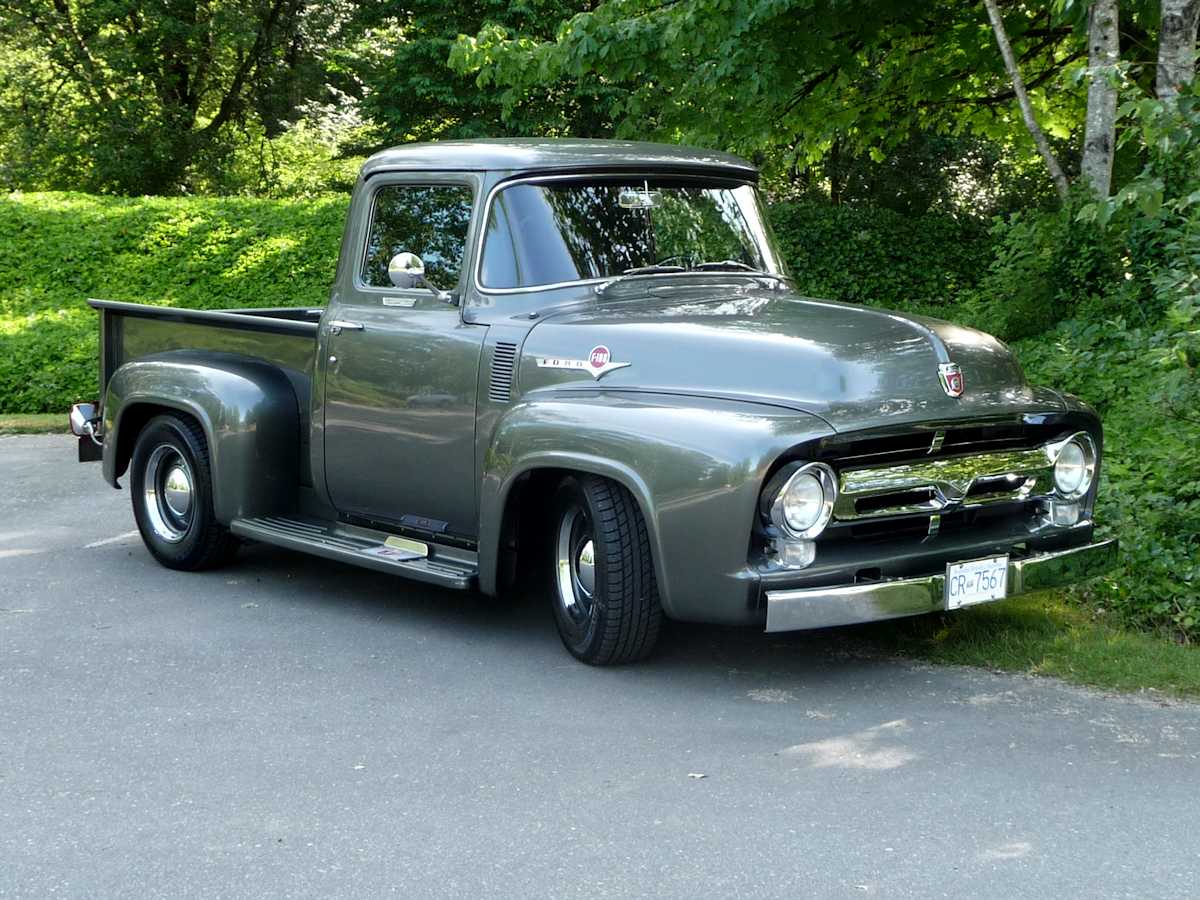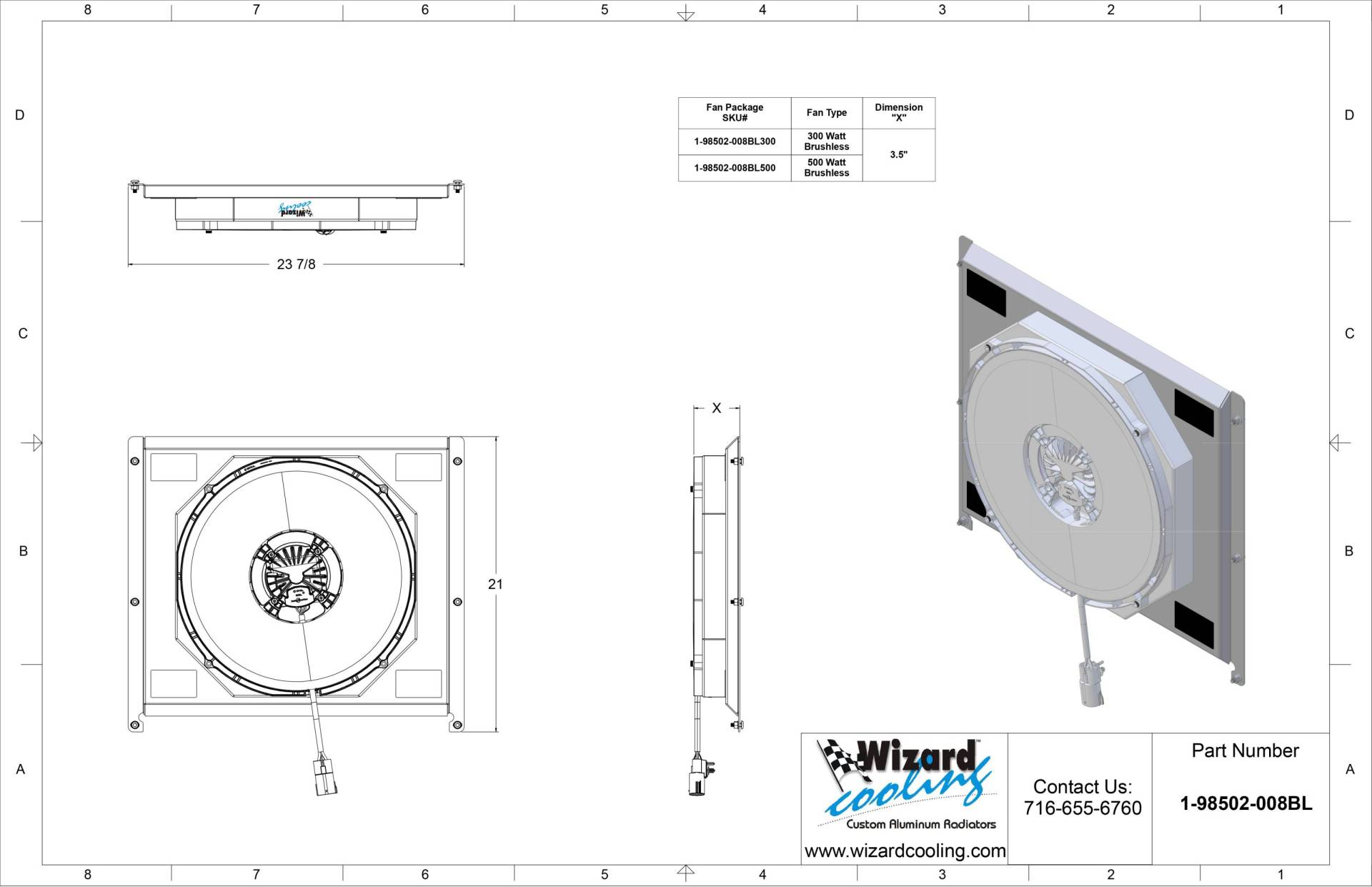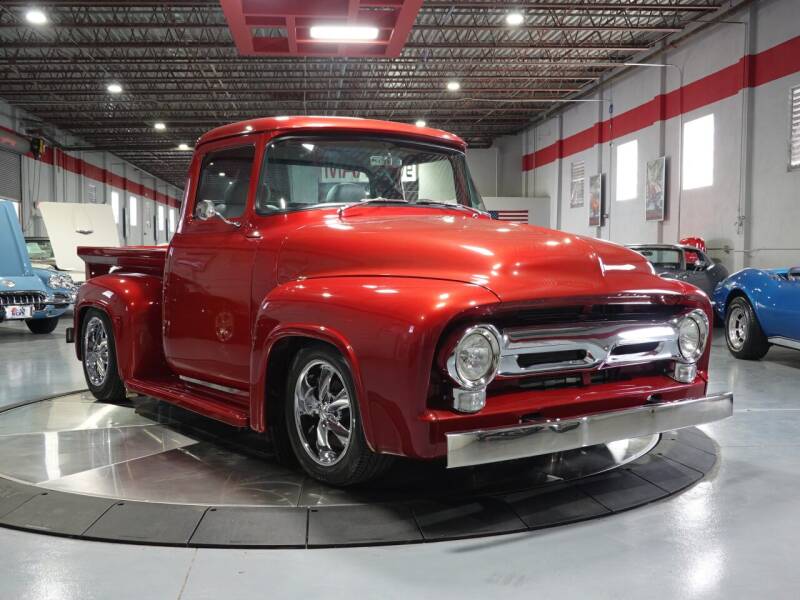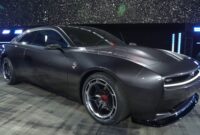1953 To 1956 Ford Trucks For Sale: A Comprehensive Guide to Owning an American Icon pickup.truckstrend.com
The roar of a classic V8, the unmistakable curves of a bygone era, and the sturdy practicality of a workhorse – these are the hallmarks of the 1953 to 1956 Ford F-Series trucks. Often referred to affectionately as the "Effies," these second-generation Ford pickups represent a pivotal moment in automotive design and engineering. More than just vehicles, they are rolling pieces of American history, embodying the post-war boom, a spirit of innovation, and the rugged individualism that defined mid-century America. Today, decades after they first rolled off the assembly lines, these trucks remain incredibly popular, sought after by collectors, restorers, hot rod enthusiasts, and anyone who appreciates their timeless charm and robust character. Whether you’re looking for a meticulously restored showpiece, a reliable weekend cruiser, a solid foundation for a custom build, or a "patina" survivor with stories to tell, understanding what makes these trucks special is key to finding the perfect 1953 to 1956 Ford truck for sale.
The Iconic Second Generation: A Brief History (1953-1956)
1953 To 1956 Ford Trucks For Sale: A Comprehensive Guide to Owning an American Icon
Ford’s F-Series trucks underwent a significant redesign for the 1953 model year, ushering in what is now known as the "Second Generation." This marked a departure from the more utilitarian, boxy designs of the late 1940s. The new F-Series, encompassing the F-100 (half-ton), F-250 (three-quarter ton), and F-350 (one-ton), brought a fresh, modern aesthetic combined with improved comfort and performance.
Key Design and Engineering Advancements:
- Sleeker, More Integrated Styling: The most noticeable change was the smoother, more aerodynamic bodywork. Headlights were integrated into the fenders, and the grille design became more prominent and stylish. The cab was wider, offering more legroom and a larger, one-piece windshield that greatly improved visibility.
- Improved Comfort: Ford focused on making the trucks more car-like in their driving experience. The redesigned cab featured better seating, improved ventilation, and a more car-like dashboard layout.
- Enhanced Performance: The 1953 models introduced an improved suspension system for a smoother ride and better handling. Engine options evolved significantly during this period:
- 1953: Started with the venerable Flathead V8 and the "Mileage Maker" inline-six.
- 1954: Saw the introduction of Ford’s new overhead-valve Y-block V8 engine, replacing the Flathead. This 239 cubic inch V8 (later enlarged to 272 and 292 cu in) offered more horsepower and torque, along with improved fuel efficiency and reliability. The inline-six also received a power boost.
- 1955: Minor cosmetic tweaks and continued power increases for both engine options.
- 1956: The final year of this generation brought the most distinct visual change: an optional larger, wraparound rear window, often referred to as the "big window" cab. This highly desirable feature, along with revised grille and hood badging, makes the ’56 F-100 particularly sought after.


Each year of the second generation holds its own unique appeal, but collectively, they represent a high point in classic truck design, blending utility with an undeniable sense of style.
Why Buy a 1953-1956 Ford Truck Today?
The enduring popularity of these trucks is no accident. They offer a compelling blend of attributes that appeal to a wide range of buyers:
- Timeless Aesthetics: The design is simply iconic. The rounded fenders, distinct grille, and flowing lines have a classic appeal that never goes out of style. They possess a character that modern vehicles often lack, making them stand out at car shows or on the road.
- Versatility: These trucks are a blank canvas. They can be:
- Meticulously Restored: Bringing them back to factory specifications for concours events.
- Customized (Restomods): Blending vintage looks with modern drivetrains, suspensions, and conveniences for a comfortable and reliable daily driver.
- Hot Rods/Rat Rods: Chopped, slammed, and powered by high-performance engines for a truly unique statement.
- Work Trucks: Some still serve their original purpose, showcasing their inherent durability.
- Strong Aftermarket Support: Due to their popularity, the aftermarket for 1953-1956 Ford trucks is vast. From reproduction body panels, trim, and interior components to complete chassis, engine swap kits, and suspension upgrades, virtually any part you need for restoration or customization is readily available. This makes ownership and modification much more feasible than with many other classic vehicles.
- Community and Culture: Owning one of these trucks connects you to a vibrant and passionate community of enthusiasts. Car shows, truck meets, online forums, and dedicated clubs provide a wealth of knowledge, camaraderie, and inspiration.
- Investment Potential: While not all classic vehicles appreciate, well-maintained, professionally restored, or tastefully modified 1953-1956 Ford trucks tend to hold their value well, and some examples can appreciate over time, making them a potentially sound investment.

What to Look For When Buying (Important Considerations)
Purchasing a classic truck requires a different approach than buying a modern vehicle. Here’s what to scrutinize:
- Rust: The Number One Enemy: These trucks are over 60 years old, and rust is almost inevitable. Key areas to inspect thoroughly include:
- Cab corners and rocker panels
- Floor pans (especially under the mat)
- Fender wells and lower fenders
- Bed floor and bed sides
- Frame rails (look for pitting, cracks, or amateur repairs)
- Inner door bottoms and cowl
- Radiator support
Significant rust can mean costly repairs or even render a truck a "parts donor."
- Engine & Drivetrain:
- Originality: Is it the original Flathead, Y-block, or Mileage Maker I6? Or has it been swapped? Many have modern V8s (Ford 302/351W, Coyote, Chevy LS) or even diesel engines.
- Condition: For original engines, check for oil leaks, smoke from the exhaust, strange noises, and proper operation. For swapped engines, ensure the conversion was done professionally and cleanly.
- Transmission: Manuals (3-speed or 4-speed) or automatics (Ford-O-Matic, C4, AOD, etc.). Check for smooth shifts, no grinding, and proper engagement.
- Rear Axle: Listen for unusual noises (whining, clunking).
- Chassis & Suspension: Inspect the frame for straightness, signs of accidents, or shoddy welding. Check leaf springs for sagging or broken leaves, and shocks for leaks. Steering components (tie rods, kingpins, steering box) should be tight with minimal play.
- Body & Paint:
- Panel Alignment: Are gaps consistent? Does anything look tweaked or mismatched?
- Bondo/Filler: Use a magnet to check for excessive filler, especially on lower panels. Ripples or uneven surfaces can indicate amateur bodywork.
- Paint Quality: Is it a professional job or a cheap respray? Look for orange peel, overspray, or paint bubbling (indicating rust underneath).
- Interior: Assess the seat upholstery, dash condition, gauges (do they all work?), and wiring (original wiring can be brittle and problematic).
- Brakes: Check for leaks, spongy pedal feel, or pulling to one side. Many older trucks have drum brakes; a disc brake conversion is a common and highly recommended safety upgrade.
- Documentation: A clear title is paramount. Any maintenance records, restoration photos, or build sheets add value and provide peace of mind.
- Originality vs. Modified: Decide what you want. Original, unrestored "survivors" or period-correct restorations often command higher prices from purists. Modified trucks can offer better drivability and reliability but may not appeal to everyone.
Types of 1953-1956 Ford Trucks You’ll Find for Sale
The market for these trucks offers a diverse range of conditions and configurations:
- F-100 (Half-Ton): By far the most common and popular. These are ideal for hot rodding, restomods, or light-duty classic driving. You’ll find the widest variety of conditions, from rusty projects to pristine show trucks.
- F-250 (Three-Quarter Ton): A heavier-duty option, often found with a longer wheelbase and a larger bed. These were more often work trucks and can sometimes be found in more original, albeit well-used, condition. They are less frequently customized but make excellent sturdy haulers.
- F-350 (One-Ton): The heaviest-duty version, sometimes available with a dually rear axle. These are the rarest of the F-Series in this generation and were almost exclusively work vehicles. Finding a clean F-350 can be a real challenge.
- Panel Trucks/Sedan Deliveries: These closed-body versions were essentially commercial vans based on the truck chassis. They are significantly rarer than the pickups and offer unique styling, making them highly sought after by collectors and customizers.
- "Patina" Trucks/Survivors: These trucks wear their age proudly, with original, faded paint, minor dents, and surface rust. Their "worn" look is highly fashionable and authentic, often commanding good prices as they require less initial restoration.
- Project Trucks: These are typically non-running or partially disassembled trucks requiring significant work. They are the most affordable but demand the most time, money, and skill.
- Driver Quality: Trucks that are mechanically sound and presentable enough to be driven regularly, but may have cosmetic flaws or need minor repairs.
- Restored/Show Quality: Trucks that have undergone a comprehensive, professional restoration, often to concours standards. These are the most expensive but require little to no immediate work.
- Custom/Restomod Builds: These trucks have been extensively modified with modern engines, transmissions, suspensions, brakes, and interiors. They offer modern performance and comfort in a classic package.
Practical Advice for Buyers and Sellers
For Buyers:
- Set a Realistic Budget: Don’t just factor in the purchase price. Account for transportation, insurance, potential immediate repairs, and future upgrades or restoration costs.
- Do Your Homework: Research the specific model year you’re interested in. Understand common issues and desired features.
- Inspect Thoroughly: If you’re not mechanically inclined, hire a reputable classic car inspector. It’s a small investment that can save you thousands.
- Test Drive: Always test drive the truck, paying attention to how it starts, runs, shifts, brakes, and steers. Listen for unusual noises.
- Negotiate: Most classic vehicle prices are negotiable. Be prepared to walk away if the deal isn’t right.
- Join Forums and Clubs: Connect with experienced owners. They can offer invaluable advice, help with parts sourcing, and provide moral support.
For Sellers:
- Clean and Detail: A clean truck, even a "patina" one, makes a much better first impression.
- Be Honest About Condition: Disclose any known flaws, rust, or mechanical issues. Transparency builds trust.
- Provide Clear, High-Quality Photos: Take many photos from all angles – exterior, interior, engine bay, undercarriage, and close-ups of any unique features or flaws.
- Have Documentation Ready: A clear title is essential. Any service records, build sheets, or restoration photos add significant value.
- Research Pricing: Look at comparable trucks for sale online (eBay, Hemmings, specialty dealer sites) to set a realistic asking price.
Pricing Guide: 1953 To 1956 Ford Trucks For Sale
The price of a 1953-1956 Ford truck can vary wildly depending on its condition, originality, model (F-100, F-250, F-350, Panel), engine, and specific features (like the ’56 "big window"). The table below offers a general range, but remember that unique factors can push prices higher or lower.
| Model Type | Condition: Project (Non-Running/Major Rust) | Condition: Driver Quality (Running/Minor Flaws) | Condition: Restored (High-Quality Finish) | Condition: Show Quality (Concours/Pristine) |
|---|---|---|---|---|
| F-100 | $3,000 – $10,000 | $12,000 – $30,000 | $35,000 – $70,000 | $75,000+ |
| F-250 | $2,500 – $8,000 | $10,000 – $25,000 | $30,000 – $55,000 | $60,000+ |
| F-350 | $2,000 – $7,000 | $8,000 – $20,000 | $25,000 – $50,000 | $55,000+ |
| Panel Truck | $4,000 – $15,000 | $15,000 – $40,000 | $45,000 – $80,000 | $85,000+ |
| "Patina" Driver | N/A (would fall into Project if not running) | $10,000 – $30,000 (depending on authenticity & mechanicals) | N/A (purposefully not restored) | N/A |
Note: Prices for ’56 F-100s, especially those with the "big window" option, typically command a 10-20% premium over other years in comparable condition. Custom-built "restomods" can easily exceed $100,000, reaching into the low six figures for high-end builds with modern chassis and engines.
Frequently Asked Questions (FAQ)
Q: Are parts for 1953-1956 Ford trucks hard to find?
A: No, quite the opposite! Due to their immense popularity, the aftermarket support is excellent. You can find virtually any reproduction part, from sheet metal to interior components, as well as a wide array of upgrade parts.
Q: Can a 1953-1956 Ford truck be a reliable daily driver?
A: A stock truck from this era might be challenging as a daily driver due to old technology (drum brakes, manual steering, carbureted engines). However, with modern upgrades (e.g., disc brakes, power steering, updated suspension, modern engine/transmission swap), they can be very reliable and comfortable for daily use.
Q: What’s the main difference between a ’53 and a ’56 F-100?
A: The ’53 and ’54 models share a similar grille design. The ’55 has a slightly revised grille. The most significant difference is the ’56 model’s optional "big window" cab (a larger, wrap-around rear window) and revised hood emblems and grille details. Engine options also evolved, with the Y-block V8 becoming standard by ’54.
Q: What is a "restomod"?
A: A "restomod" (restored + modified) is a classic vehicle that retains its original appearance but has been updated with modern mechanical components for improved performance, reliability, and comfort. This often includes modern engines (like a Ford Coyote or Chevy LS), automatic transmissions, disc brakes, power steering, air conditioning, and updated suspension.
Q: Are these trucks good investments?
A: For the most part, yes. While the market fluctuates, well-maintained, original, or professionally restored 1953-1956 Ford trucks tend to hold or slowly increase in value. High-quality custom builds can also command significant prices, but their appreciation can be more dependent on trends and personal taste.
Q: What are common engine swaps for these trucks?
A: Popular engine swaps include modern Ford V8s (302, 351W, 4.6L, 5.0L Coyote), Chevrolet LS series V8s, and sometimes even diesel engines for those seeking torque and fuel efficiency.
Conclusion
The 1953 to 1956 Ford F-Series trucks are more than just old vehicles; they are enduring symbols of American automotive history, combining robust utility with timeless design. Their appeal lies not only in their classic good looks but also in their versatility as a platform for restoration, customization, or simply enjoying a piece of the past. With excellent aftermarket support and a passionate community, owning one of these "Effies" is a rewarding experience. Whether you’re hunting for a project to pour your heart into, a reliable driver to cruise the backroads, or a show-stopping masterpiece, the market for 1953 to 1956 Ford trucks for sale offers a treasure trove of possibilities. Take your time, do your research, and you’re sure to find the perfect classic Ford truck that speaks to your passion for vintage iron.


